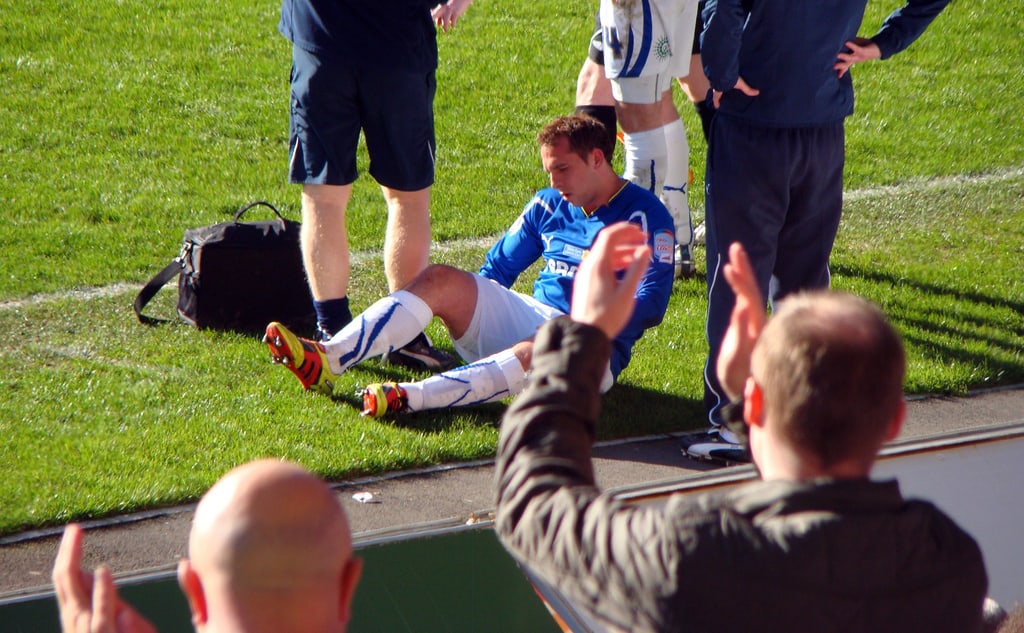Hamstring injuries – strains, pulls or tears – can be painful. They are common in young men, particularly in sports that need sudden and fast movements. I’ve pulled mine a few times over the years, and I can tell you: it’s an unpleasant experience. But, they are easy enough to treat, and the muscle heals quickly. Here’s my quick guide to hamstring injuries and advice on what to do if you suspect you have one.
What Are They?
The hamstring is the muscle that runs down the back of the thigh. When you strain the hamstring, it is a result of the muscle being stretched too fast. That’s why it is often athletes that suffer from the condition. Now let’s take a look at the three types of hamstring strain.
Grade 1 is a mild strain that can leave a slight pain in the back of the leg. Grade 2 is a medium strain that involves a small tear in the hamstring muscle. Bruising can occur, as can restricted movement, such as a limp, and bruising. Grade 3 is a complete tear to the hamstring, which can result in severe pain, swelling and very restricted movement.
Causes
Overstretching is the primary cause of hamstring injury, and tight muscles are a massive factor. It is advisable always to warm up well and gradually stretch out the hamstring muscle before any physical activity.
Another issue is muscle condition. If you are tiring towards the end of a game of sport, you will be more likely to do some damage. Vulnerable age groups to hamstring injuries range from the older generation, to an active adolescent.
Symptoms
If you pull your hamstring muscle, you can expect a sharp pain in the back of the thigh. Depending on the severity of the strain, you may even hear a pop or tearing sensation at the moment of injury. Athletes often talk about hearing a gunshot-like sound after tearing their hamstrings.
You can expect degrees of pain when bending or straightening the leg, and swelling and bruising are common – and can last for a few days. You may find it difficult to walk in rare cases, and the area may feel weak for any time up until a few weeks after the event.
Treatment
Most hamstring injuries can be treated at home with rest, ice, compression packs and elevation. This stops the hamstring from having to ‘work’. You can take anti-inflammatory drugs such as ibuprofen to reduce the pain and swelling. After that, you can start to exercise the muscle back to full fitness. Think about booking in for a sports injury massage, too. Massage is believed to speed up the healing process.
In more severe cases, you may need a walking aid. If you suffer from severe pain that stops you from walking, you should consult your doctor immediately. You should also get help if you have a history of injuries in the same place or have numbness around the injury site.
Most hamstring strains are minor, but on rare occasions they may need surgery.
So, there you have it – that’s everything you can expect from a hamstring injury of any severity. If you have felt yours going, don’t mess around and see a doctor straight away. Although the treatment will usually work, the quicker you get help, the faster it will heal.

